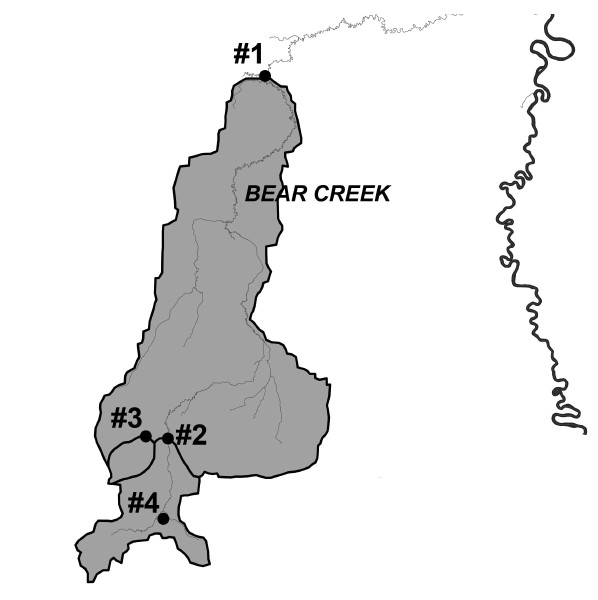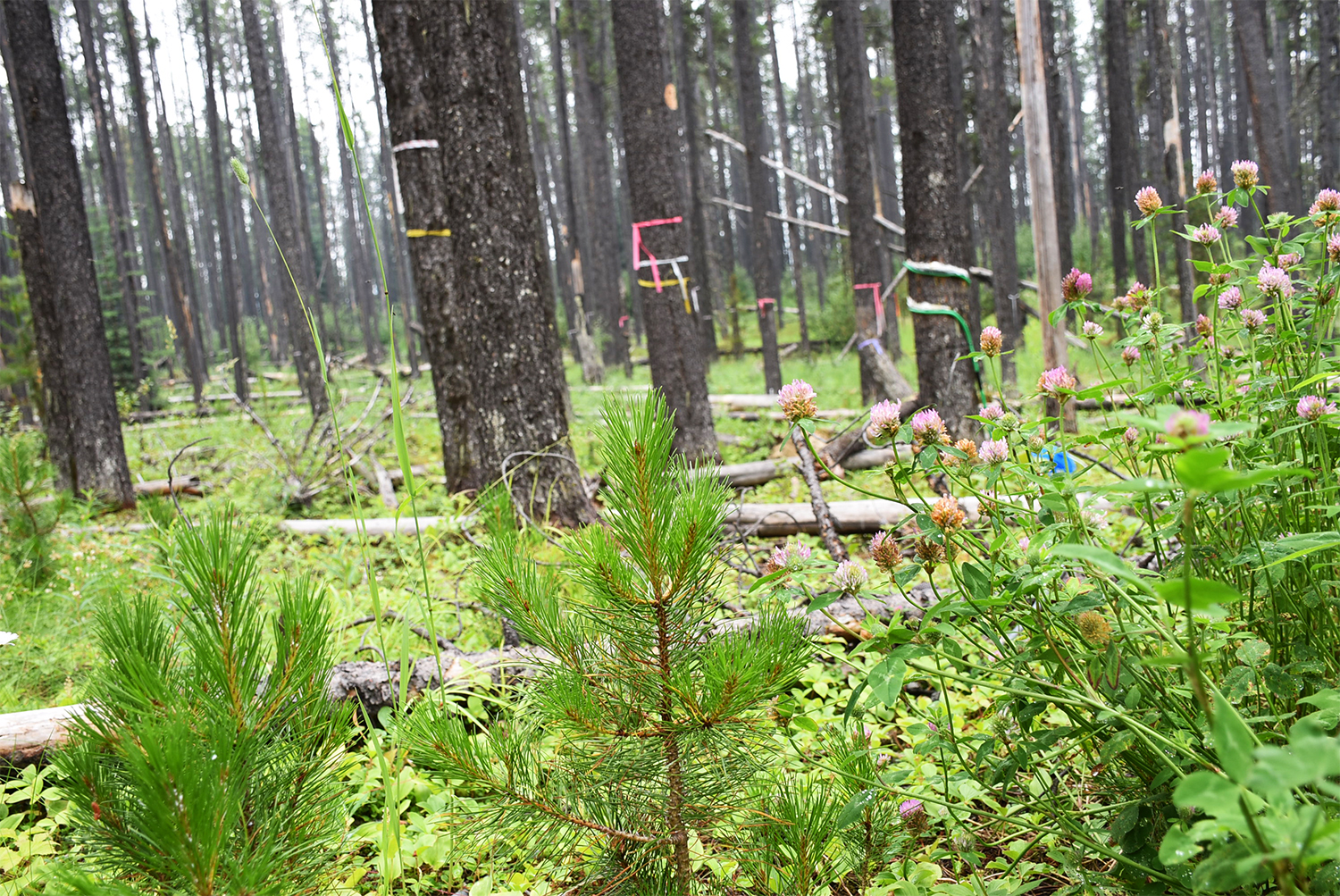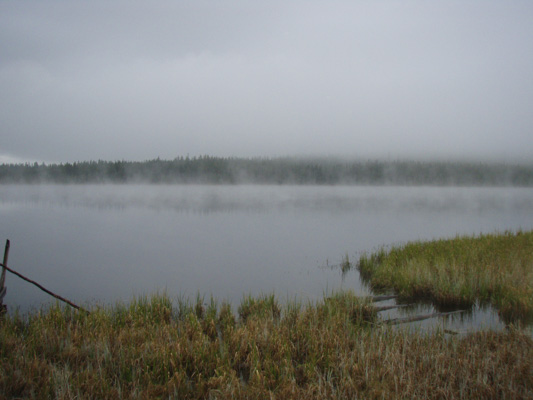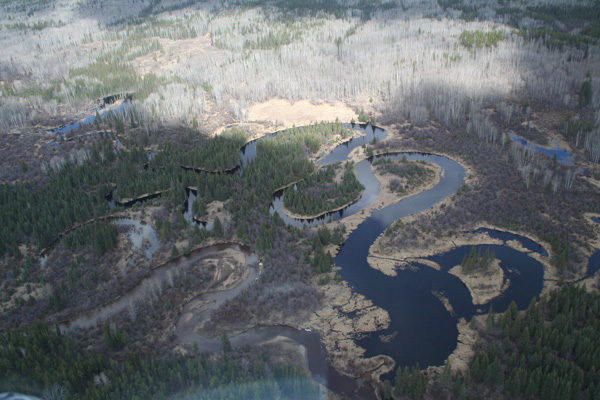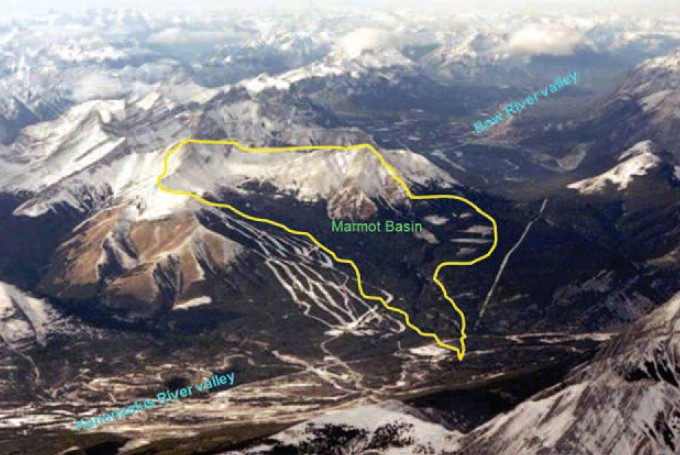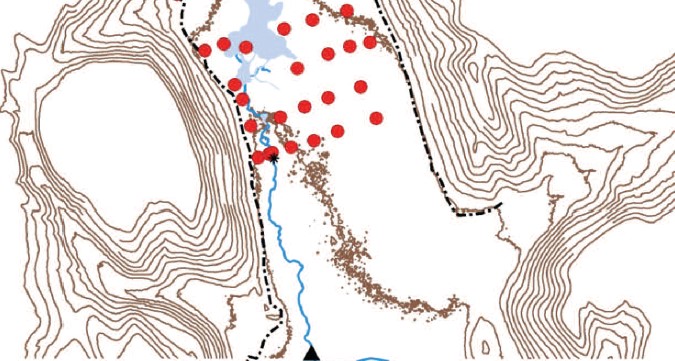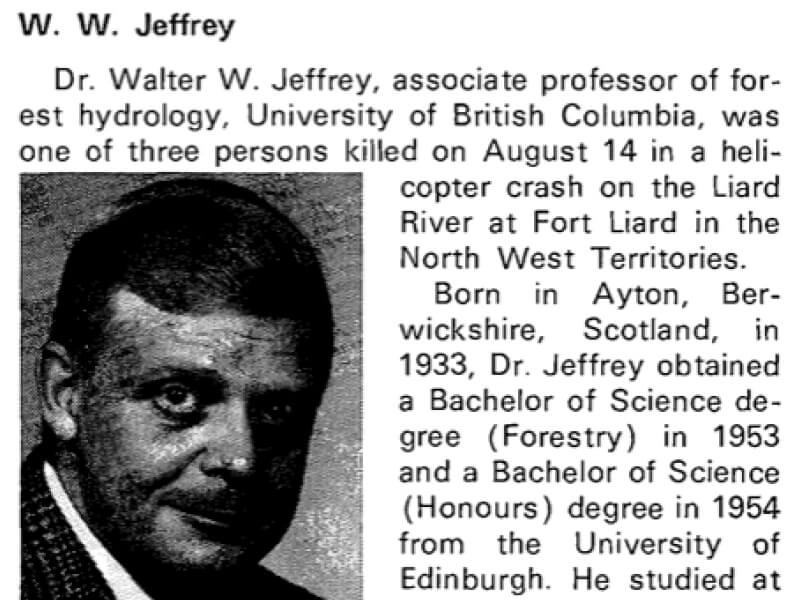
Data Management and Innovative Support for Long-term Watershed Research: The Walt Jeffrey Project
Named in honor of the “father of forest hydrology in Western Canada,” this project seeks to capture the value of long-term research and data sets.
Long-term watershed research is essential, but often expensive. To ensure that these projects provide all the value they can, the Water Program is digitizing old data sets and integrating them into publicaly accessible databases. The team is also publishing summaries of all long-term sites in Alberta dating back to the 1960s.
Long-term research sites are critical for understanding impacts on forest hydrology because of the necessity of first understanding the natural range of variability before looking at the effects of harvesting or other anthropogenic activities. Over the past five decades, much work has been done in Alberta, but most of the research conducted during the 1960s, ’70s, and ’80s was not published in mainstream journals.
“These long-term research sites that have run for multiple years are at the heart of forest hydrology,” says Axel Anderson, program lead, Water Program. “With climate change, they are becoming very valuable because they can help us understand how different climate cycles and forest change will affect stream flow, temperature, or other important stream attributes.”
Long-term watershed studies have led to the development of hydrologic models, knowledge of the impacts of natural disturbances, outdoor laboratories, information for managing natural disturbances, and more. In Alberta, many of the early research sites were shut down in the 1980s but were restarted with other partners. However, there is a lack of coordination when it comes to watershed forest hydrology research in the province because not everyone working in the field is aware of what has been done or is going on today.
“Long-term watershed research is expensive, but I think funding partners are possibly missing a substantial return on research investments,” says Axel Anderson, who has been working on the project with PhD student Sheena Spencer. “For example, in the U.S. all the data are properly archived and freely available to anyone who wants it. This provides the ability to explore long-term trends and disentangle land-use signal from climate variability.”
One of the Water Program’s early objectives was to provide coordination to forest hydrology research. This project is an effort to compile and summarize what has been done historically and what’s currently being done, and get the information into the hands of those who can use it. The Water Program worked with these groups to summarize the research sites in a Forestry Chronicle publication. This is one small step toward understanding the objectives of past and present sites.
Since its inception, the Water Program has been exploring ways ot increase awareness of research sites and properly store valuable long-term datasets. The goal is to ensure that all the value of past watershed research is realised by making the data available.
To begin, long-term watershed research was located, its value assessed, and the thorny legal issues of data sharing were ironed out. Next, a compilation of forest hydrology research in the province was created, including a listing of all long-term sites. By 2014, the team was ready to start digitizing.
The have partnered with Alberta Agriculture and Forestry, and the Ministry of Environment and Parks database management group to load the data in WISKI, the government water and meteorological data management platform. Its users include hydrologists, flood forecasters, and meteorologists, and wilfire experts. The first dataset to be imported was from the Tri-Creeks area.
“In our case, some of the Tri-Creeks data are only left in binders, typed or handwritten. This dataset has the potential to be the backbone of Amy [Goodbrand]’s thesis work,” says Axel Anderson, Water Program lead. “If we put the effort to enter it into a digital format and archive it properly within the government database, my hope is that this data can also contribute to future science questions.”
The group has also compiled data from other sites including Marmot, Spring Creek, and Streeted Creek.
Supporting the WP theme: “Data Management for Long-term Watershed Research”
Work begins on the history of forest hydrology and long-term sites in Alberta










